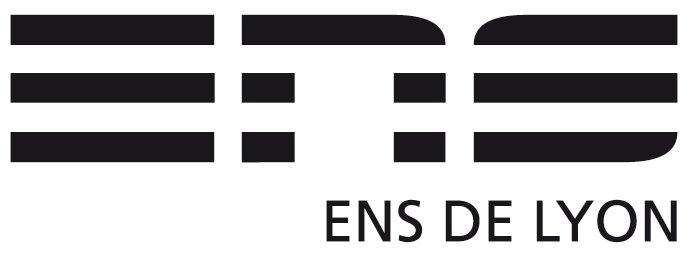| Vincent Langlois | ||
| professional website |
Locomotion of unicellular flagellates
The smallest unicells are able to feed by simply absorbing nutrient molecules by diffusion. However, the quantity of nutrient they can get by this way grows like their size, whether their nutritive needs grow like their volume (that is, their size, cubed). Therefore, there is a maximal size beyond which the cell cannot rely purely on diffusion to feed.Hence, large unicells have to go "hunting". They can swim with either ciliae distributed all along their surface, or alternatively with one or several flagella. Then they can catch any prey (small bacteria, diatoms, organic aggregates) that they encounter along their trajectory. The aim of our study was to quantify the efficiency of this feeding strategy.
We restricted our investigation to simple organisms propelled by only one flagellum, without dealing with the detailed nature of its motion. The quantity of prey captured is generally evaluated through a "clearance rate", that is, the volume of water that the unicell can clear in a given time. In order to theoretically estimate this quantity, the simplest hypothesis is to assume that the motion of the unicell is that of a sphere translating through water at a given speed, and with a Reynolds number Re=0. This last assumption is well verified in nature: a 100 µm cell can swim at a speed of 100 µm/s, which corresponds to Re=0.01. Thus the problem reduces to the classical Stokes solution, and it is easy to express analytically the clearance rate. However, this calculation gives a value of the clearance rate, for typical characteristics of the unicell and its prey, that is 5 to 10 times smaller than the value measured experimentally.
|
© Copyright 2007-23.
Vincent Langlois
|  | 
|


